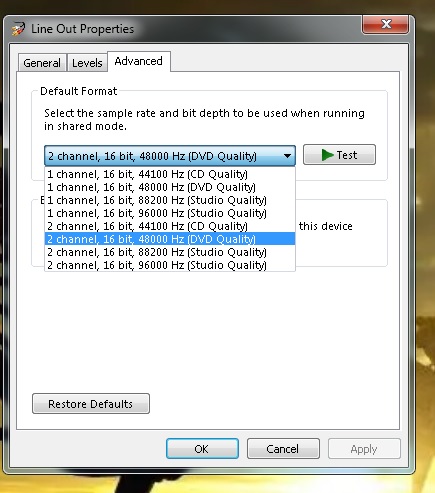Really…First off, read the paper cited as proof, which uses a very questionable test procedure and an unspec’ed ABX box. I have access to a modern ABX box, the Audio by Van Alstine ABX Switch Comparator. Unfortunately, that “high fidelity” product is anything but. For that particular paper, what is especially telling is this paragraph in their wrap up…“Though our tests failed to substantiate the claimed advantages of high-resolution encoding for two-channel audio, one trend became obvious very quickly and held up throughout our testing: virtually all of the SACD and DVD-A recordings sounded better than most CDs— sometimes much better. Had we not “degraded” the sound to CD quality and blind-tested for audible differences, we would have been tempted to ascribe this sonic superiority to the recording processes used to make them.” [my emphasis] More modern and careful research by Sean Olive shows that wideband recordings on a wideband, highly resolving (linear) playback system are statistically preferred by test subjects.
What I find really amusing is that skeptics seem to require an A/B/X test, even if the test conditions are not examined in detail. Not all A/B/X test regimes are created equal. Both the B.O.S and Winer pieces are proof of that.
As professionals, we audio craftspeople and engineers (there is a difference) use our hearing mechanism all day long, relying on our subjective responses to do our job. Yet, that foundational “tool” is somehow not valid? I’ve been lucky enough to be part of the many teams that helped bring higher rez content to audiences via SACD and DVD-A. Myself and others daily perfrom countless evals of high and down–rezed content. After all, that’s what higher end mastering folks do every day; prepare a low rez child from a higher rez parent. As I have stated many times; even though you may not be able to hear something, other folks may be able to. Chalk it up to the many factors involved, maybe even that expectation bias some of us take comfort in.
Last item: here’s a simple test for you, your playback environment and this “Is HRA audio better?” debate…Grab some truly wideband HRA recordings and compare them. <www.2L.no> used to have their “test bench” of HRA content, recorded by Morten Lindberg as DXD, and SRC’d using quality methods. Unfortunately, they have pulled that content down from the current site, it served its purpose. However, you can still find it at the Internet Archives’ Wayback Machine site. So, cue that up and listen. Someday, I’ll ask Morten to allow me to republish some of that…
Another test (not strictly valid as MQA alters the time domain but then again, so do all ADCs and DACs) is to find or purchase a carefully recorded MQA file, 2L has those. BTW, not all HRA content is, in fact, High Resolution…Anyway, play it back through a full two–step MQA decode chain, and turn the decoding on and off: No change in repro chain hardware, no A/B/X box, no need to rely on auditory memory. Again, if you can’t hear it, don’t panic. Our auditory system is highly plastic and can be trained. Also, cast a critical eye on your own repro chain.

